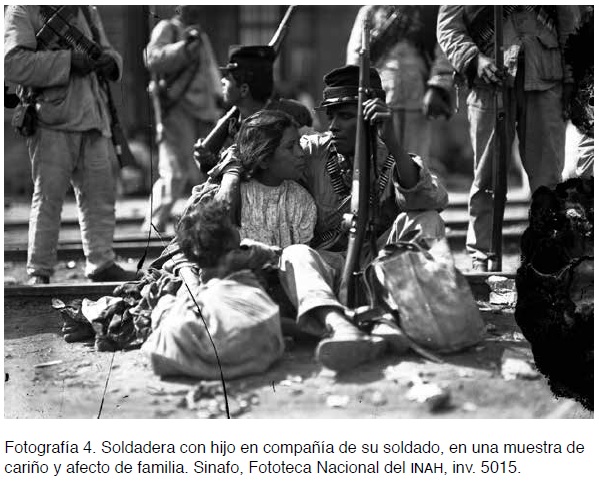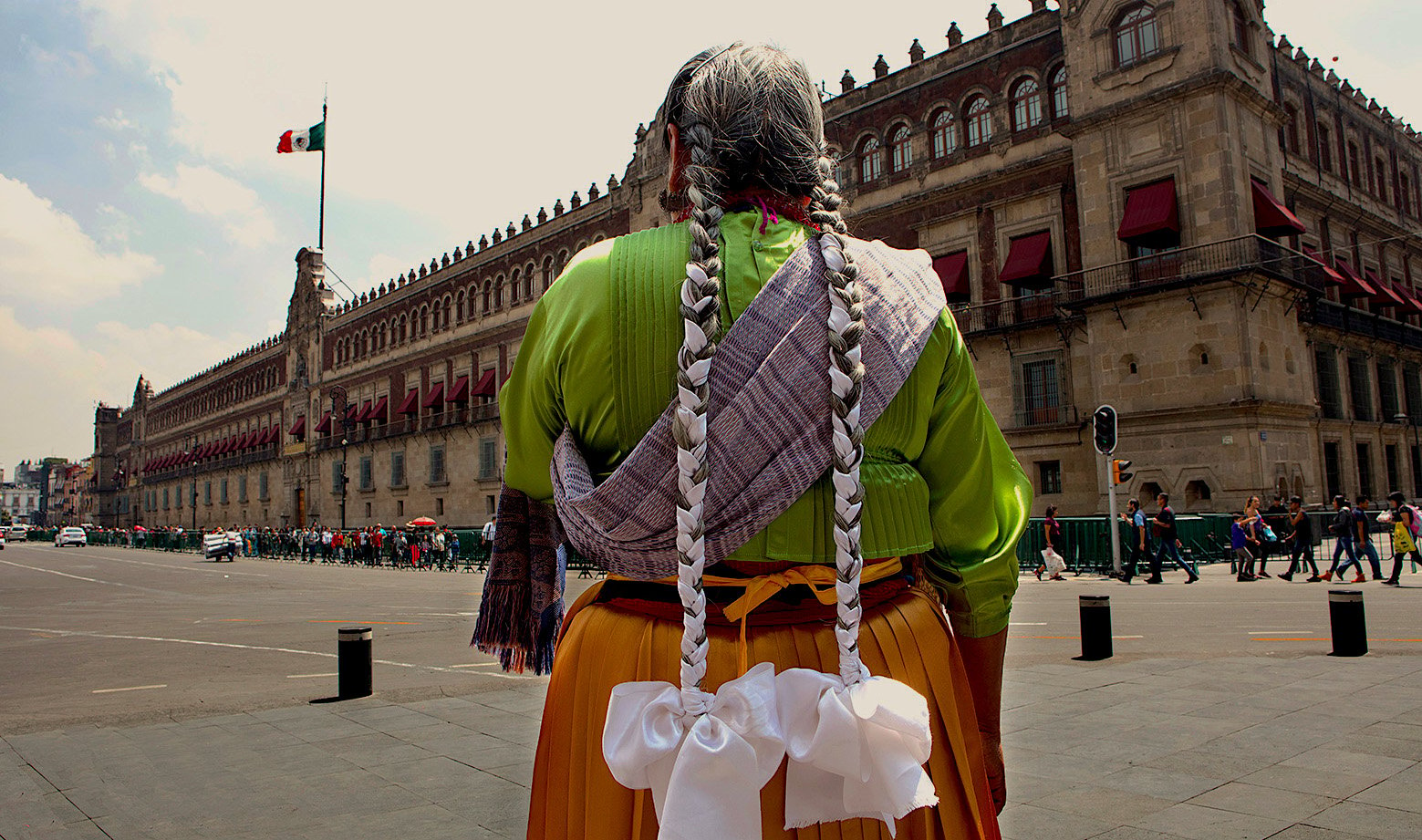Cover photo: Flowers in the desert: women from the Indigenous Governing Council of Gloria Muñoz Ramírez, let’s get misinformed.
Braids are said to have originated in Africa, where they arose around 3,500 years BC. This is known because in 1950 a Stone Age cave painting was discovered showing a woman with this hairstyle. However, it could be an almost universal hairstyle.
In that era, braids indicated a person’s age, status, and religion. More than two thousand years later, they were also used in Ancient Greece and Rome; there they also indicated the social hierarchy.
Currently, braids are used in many countries around the world by men and women of all ages to express identity.
Braids, part of the feminine identity
In our country, the braided hairstyle is very common throughout the national territory, and has strong roots among indigenous communities. These women are filled with pride because their braids are all combed in the same way, since the emphasis in life is on common values and not on individualism.
Although there are variants of a single braid, it is more common for the hair to be collected in two side braids that are tied with black or colored ribbons of three strands to lengthen them.
I remember when I was a child, watching my mom comb her hair every morning before starting her work; she let her braids fall over her chest, as if they were waterfalls that adorn the mountains ”.
Mazatec woman from Huatla de Jiménez, La Cañada Region, Oaxaca.
A hairstyle that informs the love situation
Braids can also express some social condition. For example, single Mazatec women must place their braids back; those who are committed, place the right braid forward and the left back. Finally, the married woman must put the braids forward, over her shoulders.
The revolutionary braids
Continuing with the history of this hairstyle, who does not remember the brave revolutionary adelitas? Also known as soldaderas, they were all those anonymous women who joined the Mexican Revolution as cooks, nurses and in battle.
Despite the times of political uncertainty in which they lived, in addition to their bulletproof cheeks, they did not go out without first doing their two braids, which was a very common hairstyle in rural areas of the time.

Braids as a manifestation of a unique personality
Decades after the Mexican Revolution, with the promotion of nationalism and indigenism from the government, artists and intellectuals would arrive who would recover this way of combing as part of a cultural claim. Prominent figures who have made braids their own include Aurora Reyes, Lucha Reyes, and of course, Frida Kahlo.
Kahlo’s chaos is exceptional, as the painter has become a true cultural icon for her pictorial work, for her tragic personal story and for her very groomed style.

Their colorful outfits, with garments of indigenous origin and their braids, fastened on top of the head with colored ribbons and flowers as the women of some communities do, continue to be a benchmark for what would be considered a very Mexican style.
To this day, braids are still in force due to their versatility, and famous Mexicans like Lila Downs, Belinda and Yalitza Aparicio wear them to complement their style.
And you, do you like the braided hairstyle?



